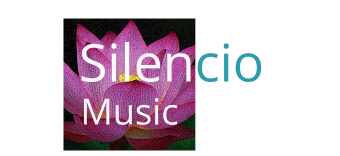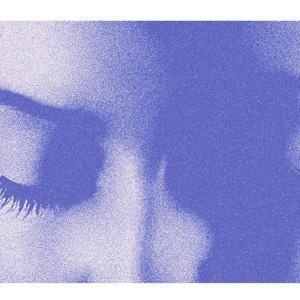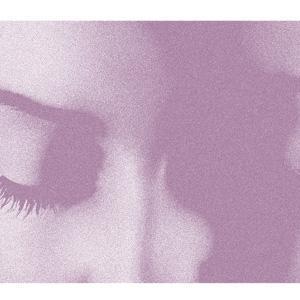Recording Hypnosis Audio & Guided Meditations – The Essentials
A Quick Guide to Creating Your Own Recordings
Guided meditations & hypnosis audio can be powerful tools for relaxation, mindfulness, healing, and self-discovery. Whether you’re a meditation coach, hypnotherapist, yoga teacher, or simply passionate about mindfulness, recording your own guided meditations can help you reach a wider audience. If you’re ready to embark on this journey, here are the essential things you need to get started.
A Quiet Recording Space
The foundation of any good meditation recording is a noise-free environment. Choose a space that is well-insulated from external noises such as traffic, household sounds, or echoes. You can use soundproofing materials like foam panels, carpets, and heavy curtains to minimise background noise.
A High-Quality Microphone
A good microphone is essential for capturing clear and soothing audio. You could use a headset mic or alternatively a USB condenser microphone, such as the Blue Yeti or Audio-Technica AT2020, which are all excellent choices for DIY recording.
A Pop Filter and Microphone Stand
A pop filter helps reduce plosive sounds (like “p” and “b” sounds) that can cause distortion in recordings. A microphone stand will keep your microphone stable, ensuring consistent sound quality and reducing handling noise.
Headphones for Monitoring
Wearing closed-back studio headphones while recording allows you to monitor your audio in real time, helping you detect any unwanted noise or inconsistencies in your voice.
Recording Software
A Digital Audio Workstation (DAW) is necessary for recording and editing your meditation sessions. Options like Audacity (free), or GarageBand (Mac users) allow you to record, edit, and enhance your audio with ease.
Basic Editing Skills
Editing your recordings ensures a polished final product. Learn how to cut out mistakes, reduce background noise, and balance audio levels. Most DAWs come with built-in tools for these tasks, and online tutorials can help you refine your skills.
Soft Background Music or Sound Effects
Gentle background music or nature sounds can enhance the meditation experience – make sure the volume is set low enough so it doesn’t overpower your voice. If you are intending to make your work available to a wide audience make sure it is royalty-free meditation music or ambient soundscapes which are licensed for your intended use.
A Calm and Soothing Voice
Your voice is the core element of the guided meditation. Speak slowly, clearly, and with a relaxed tone. Practicing breathing techniques and hydration before recording can help maintain a steady, pleasant voice.
A Platform to Share Your Work
Once your guided meditations are ready, you need a way to distribute them. Platforms like YouTube, Insight Timer, Spotify, and personal websites are great for reaching a broad audience. You can also offer downloadable versions on platforms like Patreon or Gumroad.
Consistency and Practice
Like any skill, recording guided meditations improves with practice. The more you record, the better you’ll become at delivering a soothing and effective meditation experience. Consistency is key to building an audience and refining your style.
Finally..
Creating guided meditations is a fulfilling and rewarding practice that allows you to share your insights with others. With the right tools and a dedicated approach, you can produce high-quality recordings that resonate with your listeners. Start small, improve with each session, and enjoy the process of helping others on their meditation journey!















Leave a Reply
Want to join the discussion?Feel free to contribute!